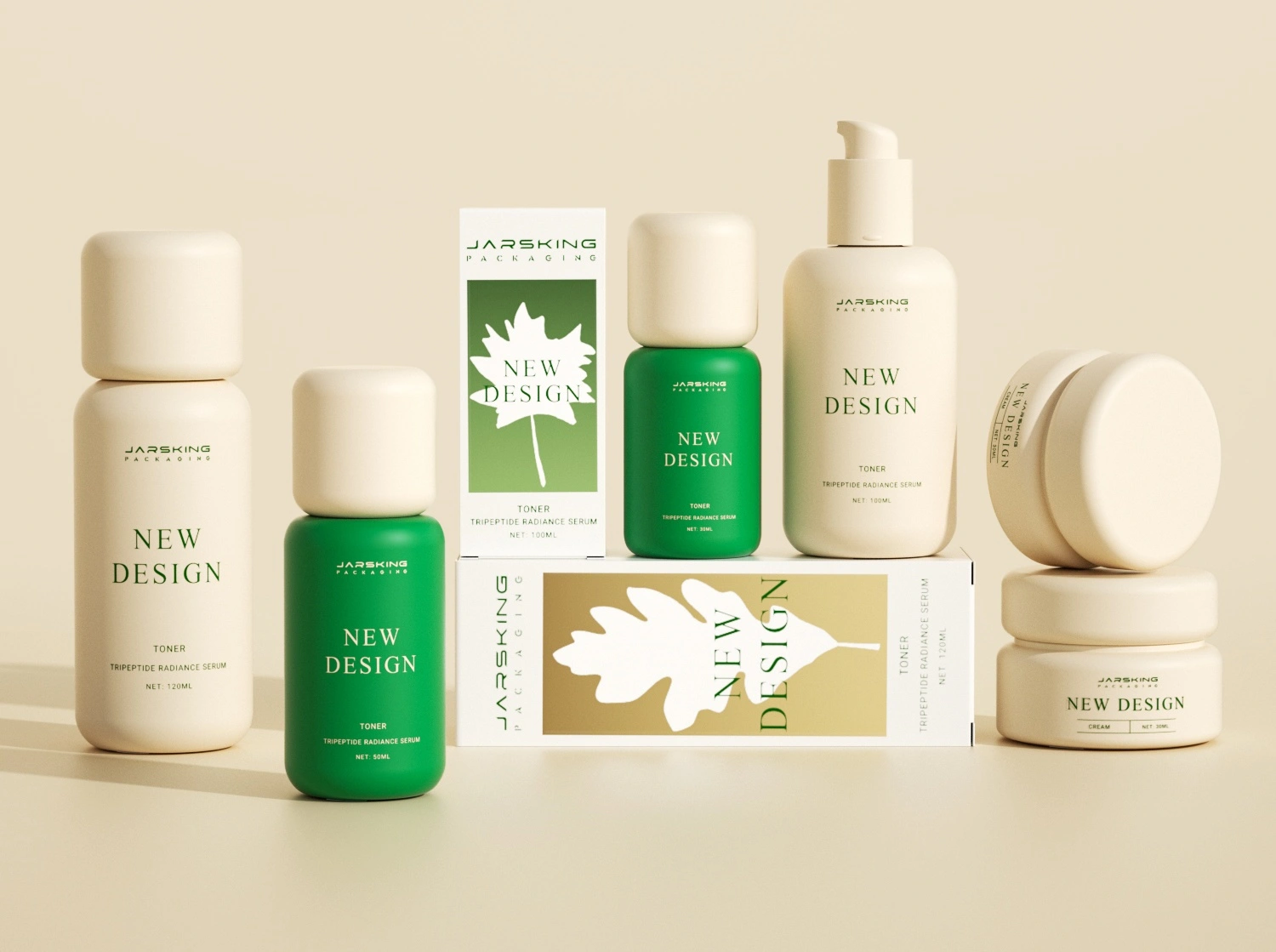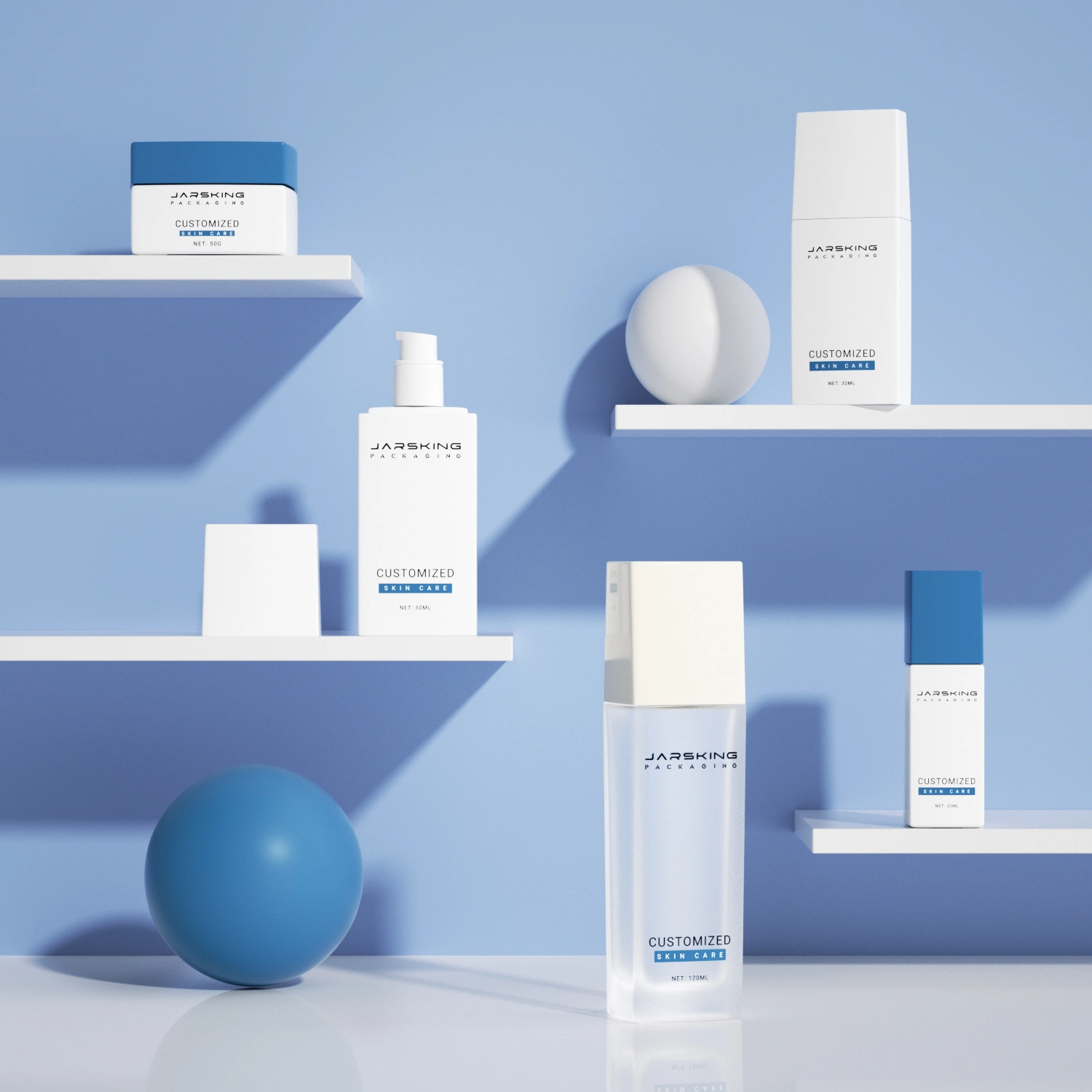As the cosmetics market becomes increasingly saturated, the stakes for first impressions have never been higher. Consumers are bombarded with choices both in-store and online, making it crucial for brands to stand out at a glance. In this landscape, packaging is more than a protective shell—it is a strategic marketing tool that can influence purchasing decisions, foster brand loyalty, and drive repeat business. The visual language of packaging—colors, shapes, typography, and graphics—must be carefully crafted to ensure immediate recognition and lasting impact.
Today’s consumers are more discerning and values-driven than ever before. They seek brands that align with their lifestyles and beliefs, whether that means prioritizing sustainability, inclusivity, or innovation. Packaging must therefore do more than attract attention; it must authentically reflect the brand’s ethos and resonate with the target audience on a deeper level. As a result, leading cosmetic brands are investing in packaging design not only as an art form but also as a business imperative, recognizing its power to influence perception, drive engagement, and ultimately, shape the trajectory of the brand.
This blog explores the philosophy, practicalities, trends, and business impact of series packaging and visual unity in cosmetics. Drawing on industry insights and real-world examples, it offers actionable strategies for brands of every size to harness the full potential of packaging as both a silent ambassador and a catalyst for growth.
1. Understanding Series Packaging
What Is Series Packaging?
Series packaging refers to the practice of designing a group of related products—such as a skincare regimen or makeup collection—so they share a consistent visual identity. This might include coordinated color palettes, typography, shapes, materials, and graphic elements. The goal is to create a cohesive “family” of products that are instantly recognizable as belonging together, both on shelves and online.
The Business Case for Series Packaging
Increases Cross-Selling: When products look like they belong together, consumers are more likely to purchase multiple items from the same line, boosting average order value.
Encourages Collection: Cosmetic enthusiasts often enjoy displaying coordinated products, which can drive sales of entire series rather than single items.
Supports Brand Extension: Launching new products within an established series is easier and more successful when the visual language is already familiar and trusted.
Streamlines Operations: Unified packaging can reduce design, production, and inventory costs, as components and materials can be shared across SKUs.
2. Defining Visual Unity in Cosmetic Series Packaging
Visual unity is the harmonious arrangement of design elements so that they feel like parts of a whole. In the context of cosmetics, visual unity means that every product in a series—whether it’s a serum, cleanser, or lipstick—shares certain visual cues that unmistakably link them together as a family. This concept is foundational to effective series packaging and is achieved through a deliberate and consistent approach to design.
Visual unity is achieved through:
- Color Consistency
A defined color palette across all products in a series is one of the most immediate and powerful signals of unity. For example, a skincare line might use varying shades of blue to denote hydration, or a makeup collection could employ a signature gold accent to convey luxury. Consistent use of color not only creates shelf impact but also supports instant brand recognition, even from a distance.
- Typography
Standardizing fonts and text placement across products reinforces the sense of unity and improves readability. Whether it’s the bold, minimalist fonts of The Ordinary or the elegant scripts used by luxury brands, typography choices should reflect the brand’s personality and remain consistent throughout the series.
- Shapes and Materials
Repeating bottle shapes, cap styles, or surface finishes helps create tactile and visual coherence. For example, using the same cylindrical glass bottle for a serum, toner, and essence within a skincare line makes the products feel like a coordinated set. Material choices—such as glass for premium positioning or PCR plastic for sustainability—also contribute to the overall perception of unity.
- Imagery, Graphics, and Motifs
Employing recurring motifs, patterns, or illustrations can further strengthen the connection between products. This might include botanical illustrations for a natural skincare brand or metallic accents for a high-end makeup line. Decorative techniques like hot stamping, lacquering, or embossed logos can be applied uniformly across the series to reinforce brand identity and elevate perceived value.
The Psychological Impact of Visual Unity
Humans are naturally wired to seek order, patterns, and familiarity in what they see. The Gestalt principles—especially similarity and proximity—explain why consumers perceive visually unified products as belonging together. When packaging elements such as color, shape, and typography are harmonized, the brain quickly groups these products, making them easier to identify and remember.
This psychological response has several important effects:
- Facilitates Decision-Making: Shoppers often make cosmetic purchases quickly and with limited attention. Unified packaging helps them instantly recognize products from the same series, reducing cognitive load and making the selection process more intuitive.
- Builds Trust and Emotional Connection: Consistency in design signals professionalism, reliability, and attention to detail—qualities that are crucial in the beauty industry. When consumers see a unified series, they subconsciously associate it with higher quality and are more likely to trust the brand.
- Encourages Collection and Loyalty: Visually unified products are more likely to be purchased as a set, displayed together at home, and repurchased. This not only drives higher sales per customer but also fosters a sense of loyalty and pride in ownership.
Visual Unity as a Brand Differentiator
In a crowded retail environment, visual unity is a powerful differentiator. It helps brands stand out on shelves and in digital marketplaces, making it easier for consumers to find, recognize, and recall their products. Brands that master visual unity—like Glossier with its signature pinks and minimalist design, or Fenty Beauty with its geometric shapes and modern color schemes—create a lasting impression that extends beyond the initial purchase.
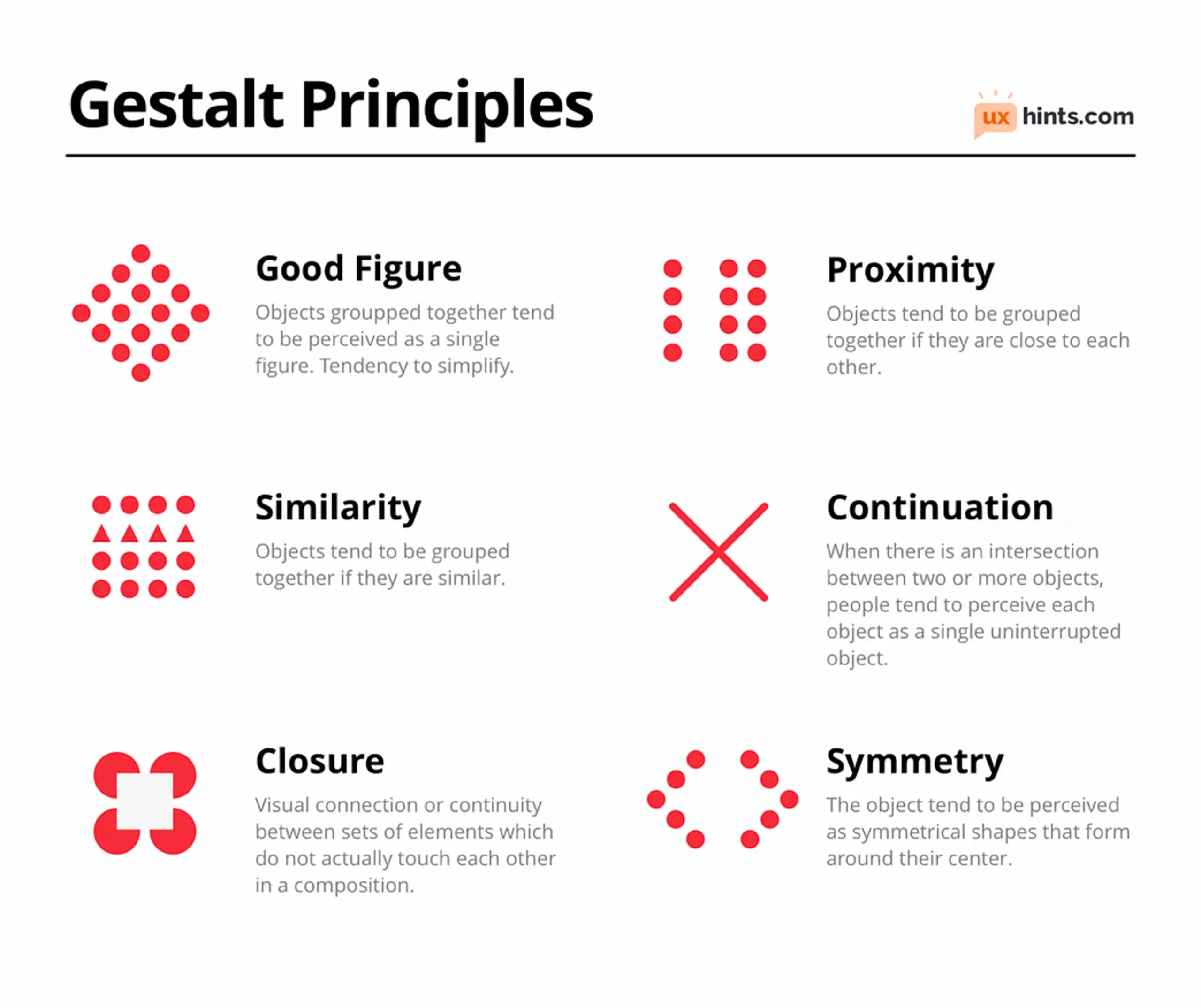
3. Key Elements of Brand Visual Unity in Series Packaging
Color Strategy
Color is the most immediate and powerful tool for unity. Brands like Glossier use signature shades (soft pinks and whites) to make every product instantly recognizable. Some brands differentiate product types within a series using secondary colors while maintaining a core palette.
Typography and Labeling
Consistent font choices and typographic hierarchy (e.g., product name in bold, benefits in smaller text) reinforce unity and improve legibility. Placement of key information—such as ingredient lists and usage instructions—should be uniform across the series.
Structural and Material Choices
Physical consistency—such as using the same jar shape or cap style—creates a tactile sense of unity. Material choices (glass, PCR plastic, aluminum) can also reinforce brand values like sustainability or luxury.
Iconography and Motifs
Recurring icons (leaves for natural ingredients, droplets for hydration) and patterns (embossed logos, metallic accents) help visually link products and tell a brand story.
Messaging and Storytelling
A unified tone of voice and narrative across packaging copy strengthens brand personality. Whether the message is scientific, playful, or luxurious, consistency is key.
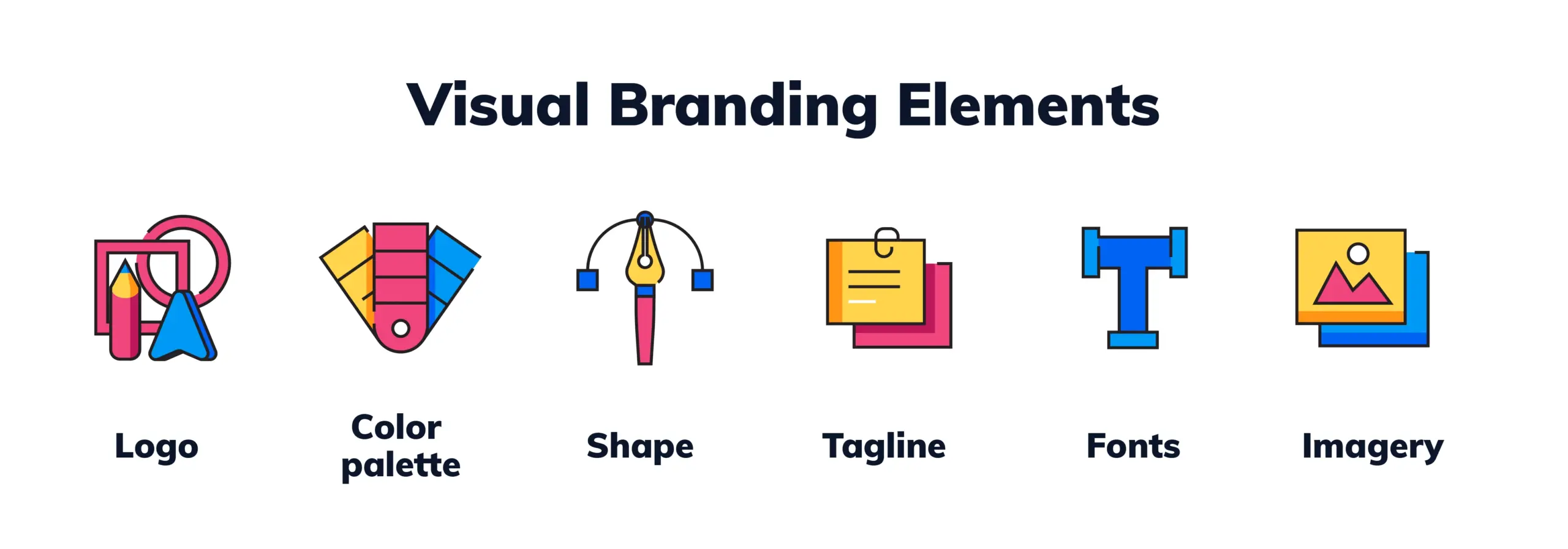
4. Best Practices for Achieving Unity in Series Packaging
Achieving unity in series packaging is a multifaceted process that requires strategic planning, cross-functional collaboration, and ongoing refinement. In the cosmetics industry, where visual impact and brand consistency are paramount, the following best practices are essential for creating cohesive and effective product series.
Start with a Clear Brand Vision
Before any packaging design begins, it’s crucial to define your brand’s mission, target audience, and core values. This foundational vision acts as a compass for all design decisions, ensuring that every product in the series reflects the brand’s identity and resonates with the intended consumer. A clear vision helps prevent fragmented messaging and supports long-term brand equity.
Audit Existing Packaging
Regularly reviewing your current product lines is vital to identify inconsistencies in design, messaging, or materials. This audit should assess visual elements (such as color, typography, and iconography), structural choices (like bottle shapes and closures), and even the tactile experience of the packaging. By pinpointing gaps and areas for improvement, brands can strengthen unity and streamline their product portfolios.
Develop a Comprehensive Design System
A robust design system is the backbone of unified series packaging. This system should document guidelines for:
- Color palettes: Define primary and secondary colors for the series.
- Typography: Specify fonts, sizes, and text placement.
- Imagery and graphics: Outline motifs, patterns, and illustration styles.
- Layout: Standardize the arrangement of logos, product names, and regulatory information.
Utilizing modular templates and reusable components not only ensures consistency but also accelerates the development of new products within the series.
Foster Cross-Department Collaboration
Unity in packaging is best achieved when design, marketing, product development, and compliance teams work together from the outset. Early collaboration ensures that creative concepts align with functional requirements, regulatory standards, and market positioning. This integrated approach prevents costly redesigns and helps maintain both aesthetic and operational coherence.
Balance Unity and Differentiation
While consistency is key, it’s also important to help consumers distinguish between products within a series. Subtle variations—such as accent colors, unique illustrations, or differentiated finishes—can provide clarity without undermining overall cohesion. This balance enables brands to create a visually unified family of products that are still easy to navigate and select.
Test, Iterate, and Evolve
Consumer preferences and market trends are constantly evolving. Gathering feedback from consumers, retail partners, and internal stakeholders is essential for refining packaging designs. Brands should be open to iterative changes, updating visual elements to keep the series fresh and relevant while preserving the core components that define unity.
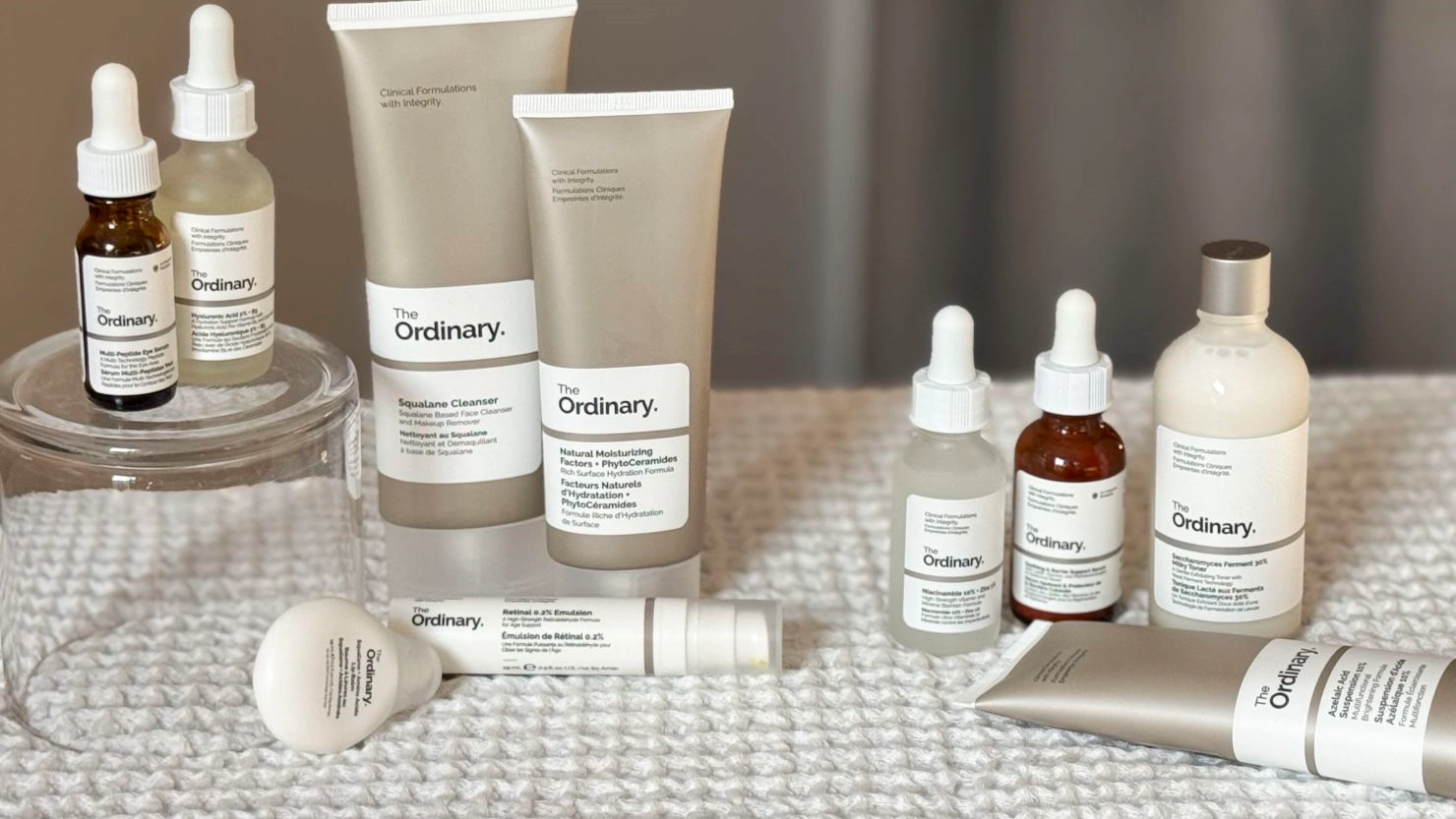
5. Case Studies: Cosmetic Brands Leading in Series Packaging
• The Ordinary
The Ordinary, has established a distinctive presence in the cosmetics industry through its clinical, monochrome packaging design. This minimalist approach is not merely an aesthetic choice—it is a deliberate strategy that underscores the brand’s commitment to transparency and ingredient-focused formulations.
The packaging features uniform label layouts, typically using white backgrounds with black sans-serif text, and standardized bottle shapes such as clear or amber glass dropper bottles. This consistency across the product range reinforces The Ordinary’s scientific ethos, presenting the brand as straightforward, trustworthy, and devoid of unnecessary embellishments. The result is packaging that feels almost pharmaceutical, which aligns with the brand’s promise of efficacy and honesty.
By prioritizing clarity and uniformity, The Ordinary makes its extensive product range easy to navigate for consumers. Shoppers can quickly identify products, compare ingredients, and build personalized routines without confusion—a significant advantage in a category often criticized for overwhelming and opaque marketing. This clinical, monochrome design not only differentiates The Ordinary from competitors but also strengthens its positioning as a brand that values substance over superficiality.
• Kiehl’s Calendula Series
Kiehl’s Calendula Series stands out in the cosmetics market through its thoughtful packaging that blends tradition with natural efficacy. The series features amber bottles and botanical illustrations, evoking the brand’s apothecary heritage and emphasizing the use of natural ingredients. This design approach not only makes the Calendula line visually distinct—thanks to its consistent use of natural colors and materials—but also ensures it remains clearly part of the larger Kiehl’s brand.
The packaging aligns with Kiehl’s overall identity by incorporating shared design elements such as consistent typography, strategic logo placement, and unified messaging. These elements create a cohesive brand visual unity, reinforcing Kiehl’s reputation for authenticity and quality in skincare. The result is a product line that feels both unique and unmistakably Kiehl’s, appealing to consumers seeking both heritage and efficacy in their beauty routines.
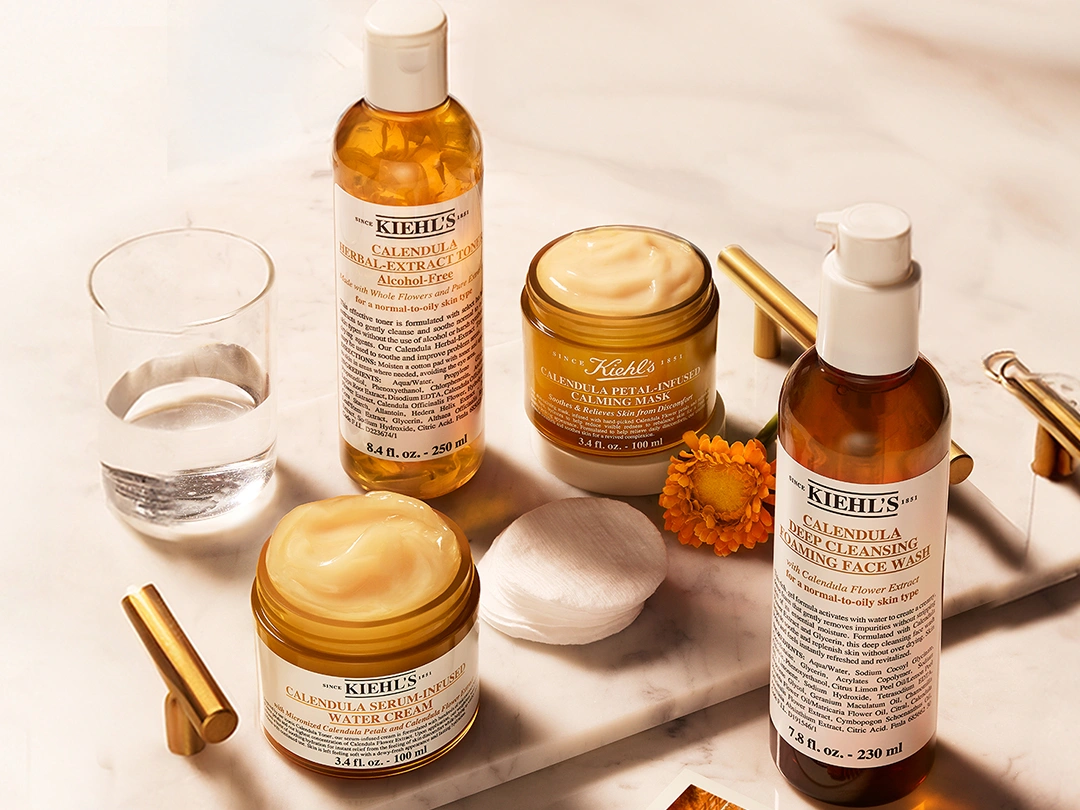
6. Trends and Innovations in Cosmetic Series Packaging
Sustainability as a Core Theme
Refillable Systems: Brands like L’Occitane and Dior offer refillable packaging, using consistent outer shells to maintain unity while reducing waste.
Mono-Materials: Simplifying recycling by using single-material packaging (e.g., all-aluminum tubes) that maintains brand aesthetics.
Minimalism: Reducing excess packaging and using elegant, simple designs appeals to eco-conscious consumers and creates a modern look.
Smart and Interactive Packaging
QR Codes and NFC Chips: Linking packaging to digital content (tutorials, ingredient info, loyalty programs) for a unified online-offline experience.
Augmented Reality (AR): Some brands use AR to bring packaging to life, offering virtual try-ons or animated stories.
Personalization and Inclusivity
Customizable Elements: Allowing consumers to personalize packaging (color, name, label) deepens engagement while retaining core design features.
Gender-Neutral Design: Moving away from traditional gender cues to appeal to a broader audience, using neutral colors and inclusive messaging.
Artistic Collaborations
Artistic collaborations in cosmetic series packaging have become a dynamic strategy for brands to inject fresh energy and creativity into their product lines while maintaining core visual unity. Limited edition releases featuring partnerships with artists or influencers can generate excitement, attract new audiences, and create a sense of exclusivity around a brand’s offerings.
These collaborations often involve unique artwork, custom illustrations, or signature color palettes designed by the guest artist or influencer. Despite these creative flourishes, successful collaborations retain consistent structural elements—such as bottle shapes, logo placement, and typography—that ensure the limited edition products remain instantly recognizable as part of the brand’s larger family. This balance allows brands to innovate visually without diluting their core identity.
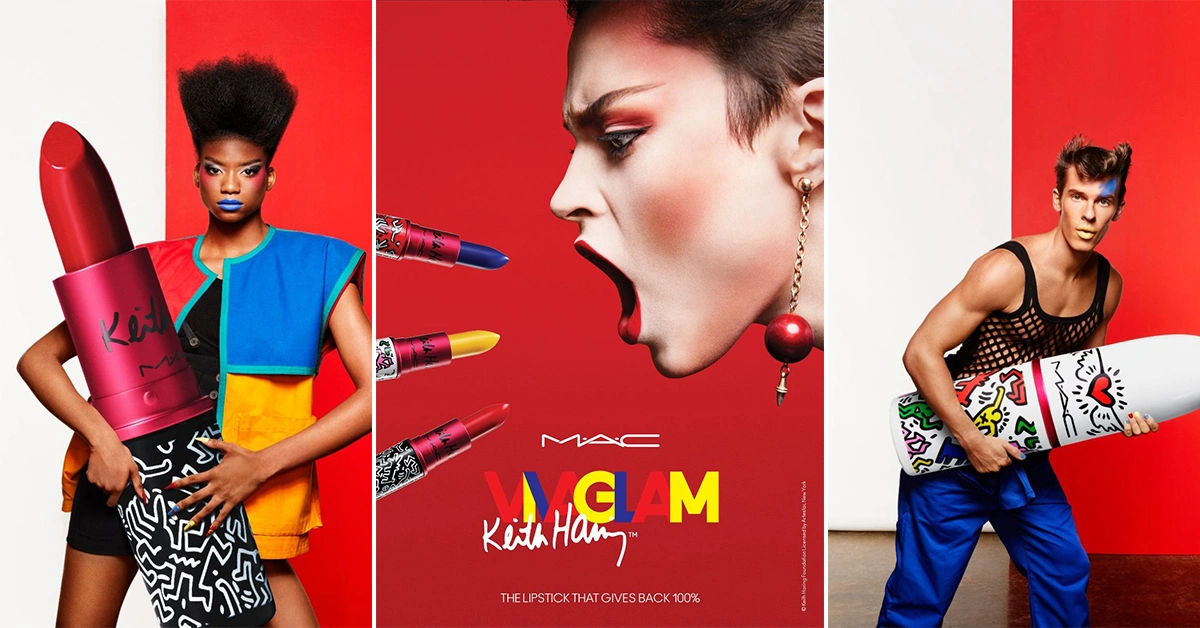
7. The Impact of Series Packaging and Visual Unity on Brand Success
Series packaging and visual unity are not merely aesthetic choices—they are strategic tools that drive tangible business outcomes in the cosmetics industry. Their influence spans the entire customer journey, from initial attraction to long-term loyalty, and they play a critical role in shaping perceptions, boosting sales, and building enduring brand equity.
Enhancing Customer Experience
Unified packaging creates a sense of order, professionalism, and even luxury, which elevates the consumer’s interaction with the brand from the very first touchpoint. When products in a series are visually harmonious—sharing colors, shapes, and graphic elements—the unboxing experience feels intentional and curated. This not only delights consumers but also encourages them to complete their collections, as coordinated products are more appealing to display and use together. Studies confirm that packaging elements such as color, imagery, and branding position significantly influence consumer perception and purchasing decisions, making strategic packaging design vital for enhancing customer experience and fostering loyalty.
Building Brand Equity
Consistent series packaging is fundamental to building strong associations in consumers’minds. When every product in a line upholds the same visual language, it reinforces the brand’s identity, making it instantly recognizable both in-store and online. This consistency supports long-term brand recognition and trust, as consumers come to rely on the brand’s promise of quality and reliability. Research shows that graphic design—including packaging—plays a decisive role in creating strong brand images and achieving high levels of recognition and success in crowded markets. Over time, this visual unity becomes synonymous with the brand itself, strengthening its position and perceived value.
Driving Sales and Loyalty
Visually unified series are easier to merchandise and market, both in physical retail and digital channels. The coherence of a product line simplifies navigation for shoppers, making it easier to identify related products and encouraging cross-selling. For example, a customer who enjoys a moisturizer may be more inclined to try the matching cleanser or serum if the packaging clearly signals they are part of the same regimen. This approach not only drives higher average order values but also boosts repeat purchases, increasing customer lifetime value. Packaging is a key factor in positioning products to meet consumer desires and ensuring they “stick” in the minds of shoppers, which is essential for market share and profitability.
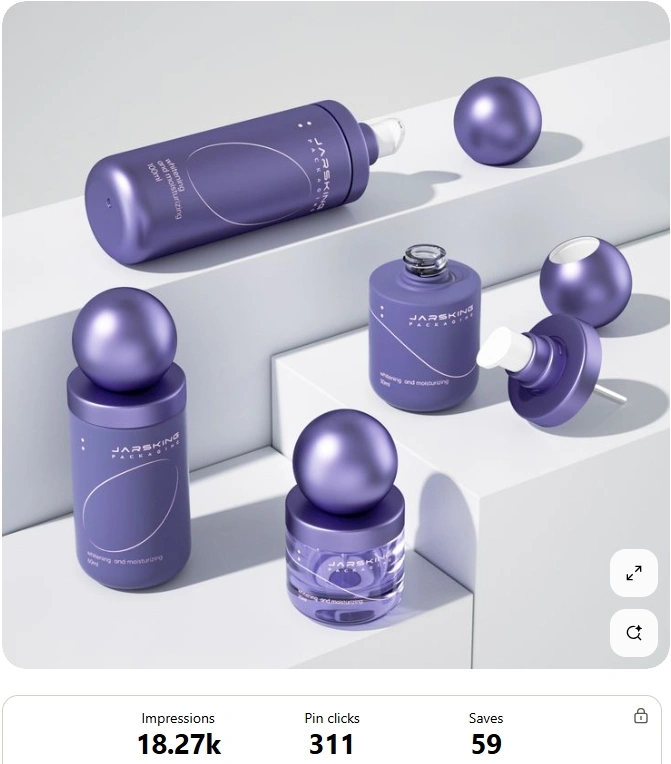
Social Media and Organic Promotion
Cohesive packaging is highly shareable on social media platforms, fueling organic promotion through ”shelfies,” unboxing videos, and influencer collaborations. Visually striking and consistent product lines are more likely to be featured by beauty influencers and consumers alike, amplifying brand reach and engagement. Research highlights the growing impact of social media engagement, especially through influencers, in shaping consumer decisions and enhancing sales performance for beauty and cosmetic brands. The visual appeal of unified packaging not only drives direct sales but also builds a community of brand advocates who contribute to word-of-mouth marketing.
Competitive Differentiation and Market Success
In a saturated cosmetics market, series packaging and visual unity provide a crucial competitive edge. They help brands stand out, foster emotional connections, and create compelling brand experiences that resonate with target audiences. Brands that leverage these strategies are better positioned to gain consumer preference, command higher price points, and sustain growth in the face of evolving trends and consumer expectations.
8. Advanced Strategies for Series Packaging
As the cosmetics industry becomes more global and technologically advanced, brands are adopting sophisticated strategies to ensure their series packaging remains unified, efficient, and adaptable across markets and channels. Here are three leading-edge approaches:
Modular Design Systems
A modular design system is a flexible framework that allows brands to maintain visual unity while scaling their product lines efficiently. In practice, this means developing standardized components—such as bottle shapes, caps, pumps, or label templates—that can be mixed and matched across different products in a series.
- Efficiency and Cost Savings: By using the same base bottle or jar for multiple products and simply swapping out caps, labels, or decorative elements, brands can reduce production costs, streamline inventory, and speed up new product launches.
- Design Consistency: Modular systems ensure that every product, regardless of its specific function or formula, fits seamlessly into the overall visual identity of the series.
- Sustainability: Modular packaging can also support sustainability goals by enabling refillable or reusable components, reducing waste, and simplifying recycling processes.
Adaptive Packaging for Global Markets
For brands operating internationally, packaging must adapt to diverse regulatory, linguistic, and cultural requirements while retaining core visual elements that signal brand unity.
- Localization: Labels may need to be translated, ingredient lists adjusted, and regulatory icons added for different regions. Adaptive packaging strategies ensure these changes do not disrupt the series’overall look and feel.
- Flexible Templates: Using adaptable design templates allows brands to insert region-specific information without altering the core layout, color scheme, or brand marks.
- Cultural Sensitivity: Visual motifs, colors, or symbols may be adjusted for local relevance, but the fundamental design system remains intact, ensuring global recognition and trust.
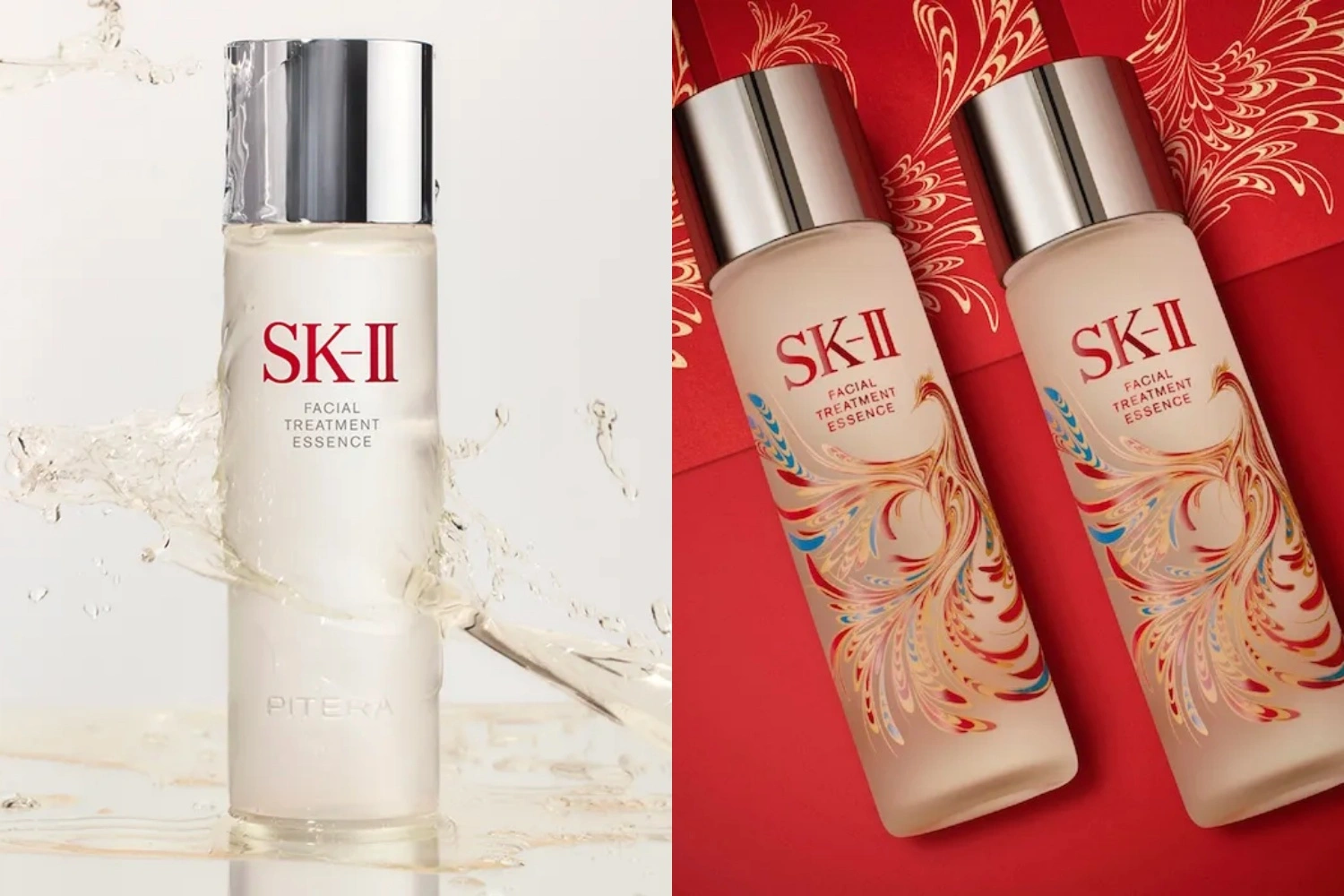
Digital Twins and Omnichannel Consistency
With the rise of e-commerce, augmented reality (AR), and social media, packaging must now exist seamlessly across physical and digital spaces.
- Digital Twins: Brands create high-fidelity digital versions of their packaging for use in online stores, AR try-on apps, and virtual product displays. These digital twins mirror the physical packaging in every detail, from color to texture to shape.
- Omnichannel Branding: Consistent packaging design across all touchpoints—retail shelves, brand websites, mobile apps, and social platforms—ensures a unified consumer experience. Whether a customer encounters the product in-store or online, the visual identity remains instantly recognizable.
- Enhanced Engagement: Digital packaging assets can include interactive elements, such as clickable ingredient lists, 360-degree views, or virtual unboxing experiences, further reinforcing brand unity and driving engagement.
9. Future Directions in Cosmetic Series Packaging
As consumer expectations evolve and technology advances, the future of cosmetic series packaging is shifting toward a blend of personalization, sustainability, and immersive brand storytelling. Here are three key directions shaping the next generation of packaging:
AI-Driven Personalization
Artificial intelligence is revolutionizing how brands connect with consumers—enabling personalized packaging at scale without sacrificing design cohesion. From custom labels that reflect a customer’s name or preferences to AI-generated product combinations based on skincare routines or tone-matching, personalization will become more dynamic and data-driven. Yet, thanks to smart design systems, these individualized elements will still sit within a consistent visual framework that maintains the integrity of the brand and product line.
Smart and Sustainable Materials
Sustainability remains at the forefront, but the next leap involves materials that are not only eco-friendly—such as biodegradable or compostable substrates—but also smart. Future packaging may incorporate responsive materials that change color to indicate product freshness, UV exposure, or remaining volume. This innovation not only enhances user experience but also reinforces transparency and trust in the brand.
Holistic Brand Experiences
Cosmetic packaging will no longer exist in isolation. Instead, it will be part of a larger, connected brand ecosystem—integrated with in-store displays, digital platforms, AR interactions, and even scent branding. Imagine a skincare series where scanning a QR code on the packaging unlocks personalized tutorials, or a fragrance box that releases a subtle aroma upon opening. These multisensory experiences will transform packaging into a powerful extension of storytelling, forging deeper emotional bonds with consumers.
10. Conclusion
Series packaging and brand visual unity are far more than aesthetic decisions—they are strategic imperatives that shape the trajectory of cosmetic brands in today’s competitive marketplace. Cohesive design systems allow brands to create product lines that are instantly recognizable, fostering trust and loyalty among consumers. By investing in sustainable materials and consistent, authentic messaging, brands not only meet rising consumer expectations but also position themselves to comply with evolving regulations and industry standards.
The most successful cosmetic brands are those that strike a careful balance: they blend creativity with consistency, ensuring their packaging stands out while remaining true to their core identity; they pursue innovation without sacrificing compliance; and they prioritize sustainability without compromising on style or functionality. These strategies are key drivers of long-term brand equity, consumer engagement, and business growth.
For brands seeking an expert partner in this journey, Othilapak offers a comprehensive suite of services as a leading cosmetics manufacturer and packaging specialist. With over 20 years of industry experience, Othilapak provides:
- Custom Packaging Design and Manufacturing: From concept to completion, Othilapak crafts bespoke packaging in glass, plastic, and eco-friendly materials, tailored to your brand’s vision and market positioning.
- Sustainable Solutions: Othilapak prioritizes innovative, recyclable, and biodegradable materials, helping brands meet global sustainability goals and regulatory requirements.
- Advanced Production Capabilities: With state-of-the-art factories and automated production lines, Othilapak can handle high-volume orders efficiently, producing up to 15 million glass bottles per month while maintaining rigorous quality control.
- Comprehensive Quality Assurance: Every product undergoes multi-stage inspections, including material integrity, leak, and visual tests, ensuring defect-free, reliable packaging that meets international standards such as ISO9000, BSCI, ROHS, CE, and REACH.
- Collaborative Development and Market Insights: Othilapak’s experienced design and engineering teams work closely with clients, leveraging global trends and consumer insights to create packaging that stands out in crowded retail environments.
- Global Logistics and Support: With strategically located offices in China and Dubai, and a robust international logistics network, Othilapak ensures timely delivery and localized support for brands worldwide.
By partnering with Othilapak, brands can confidently navigate the complexities of modern cosmetic packaging, ensuring their products are not only visually unified and market-ready but also sustainable, compliant, and poised for lasting success.


